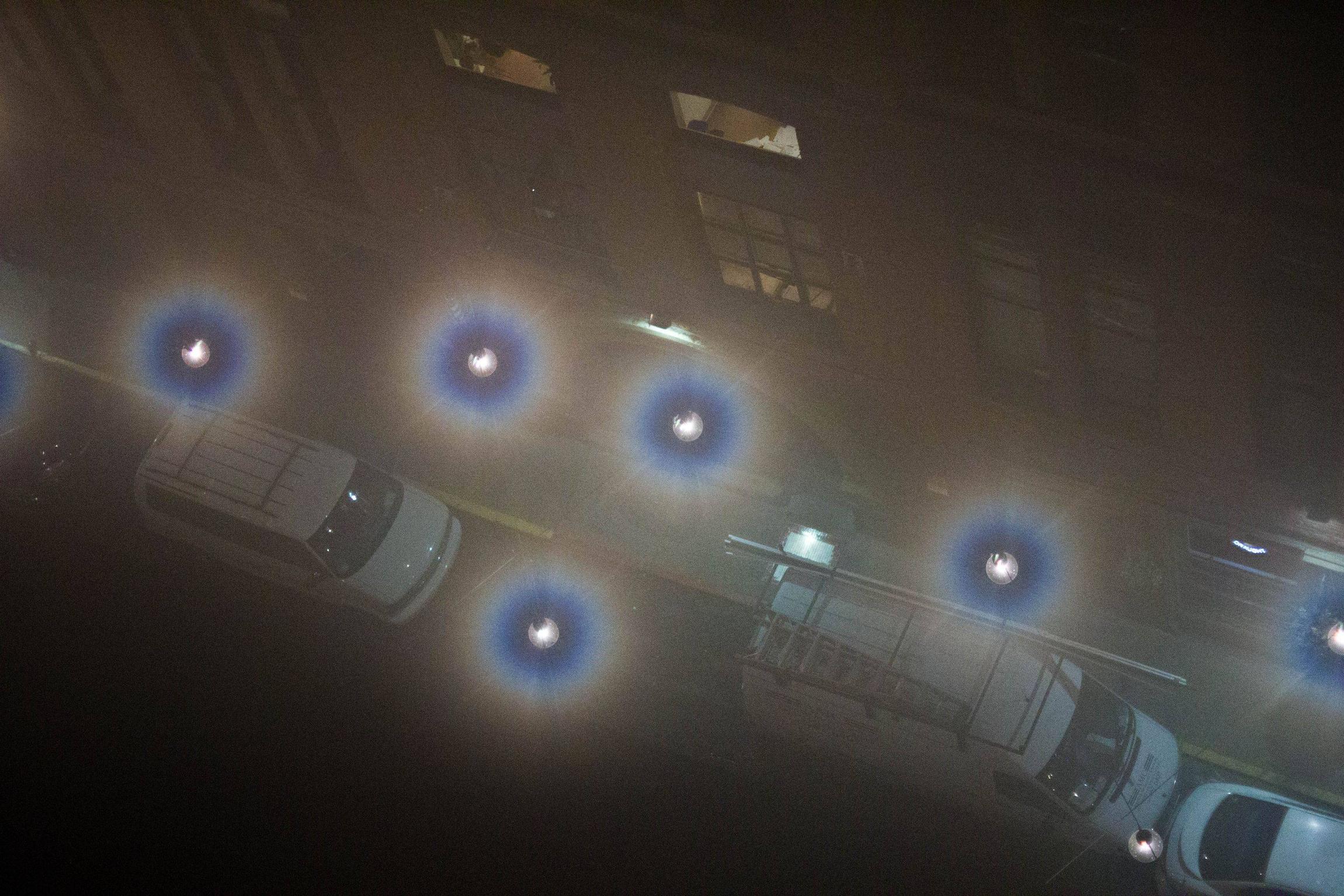7 Signs You May Have Glaucoma
Glaucoma is a group of diseases characterized by fluid buildup in the front part of the eye, which results in pressure and damage to the optic nerve. The optic nerve is responsible for transmitting messages from the back of the eye to the brain. The most common type is called primary open-angle. It occurs when the eye does not drain fluid as it should. Although it is the leading cause of vision loss and blindness in people over the age of sixty, glaucoma can be treated when caught early. Here are the signs and symptoms to look out for.
7. Sudden Blurry Vision

Unlike primary open-angle glaucoma, which does not typically produce symptoms at first, sudden blurry vision may be a sign of an acute attack of angle-closure glaucoma, otherwise known as close-angle or narrow-angle glaucoma. It occurs when the iris blocks the eye’s drainage angle, and fluid accumulates in front of the eye. When this happens, eye pressure builds up quickly and causes sudden blurry vision, severe eye pain, a headache, or nausea. An acute attack requires immediate medical attention to prevent further damage.
6. Seeing Rainbows Or Halos

Due to the buildup of fluid in front of the eye, people with glaucoma might see rainbows or halos when looking at lights, especially at night. This can make driving a dangerous task. If bright lights, dim lights, or any lighting causes the appearance of halos, rainbows, spots or "ghosts," seek immediate treatment. Avoid drinking at night as this might increase the risk of accidents due to the inability to focus when headlights from other vehicles or stoplights cause vision problems.
